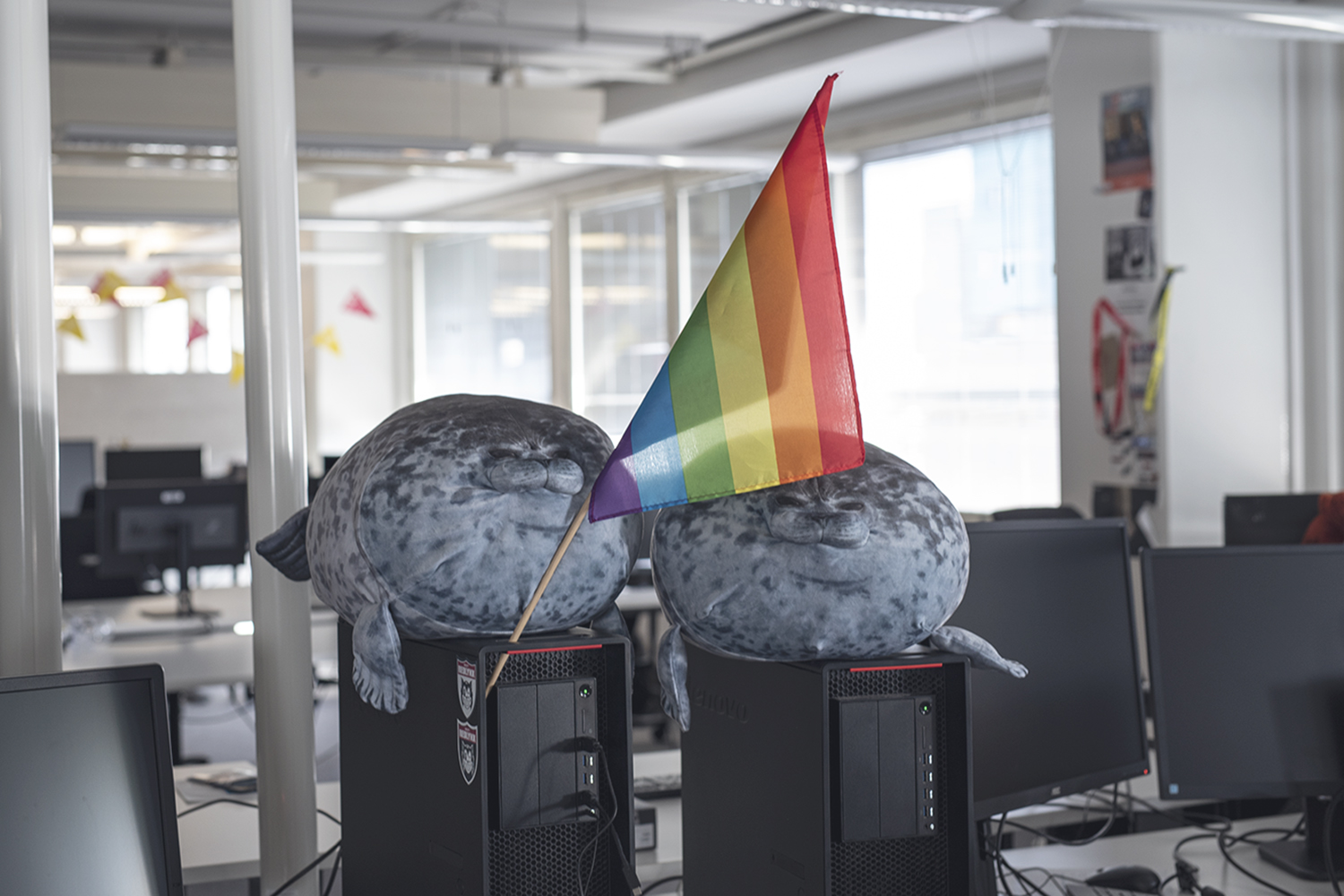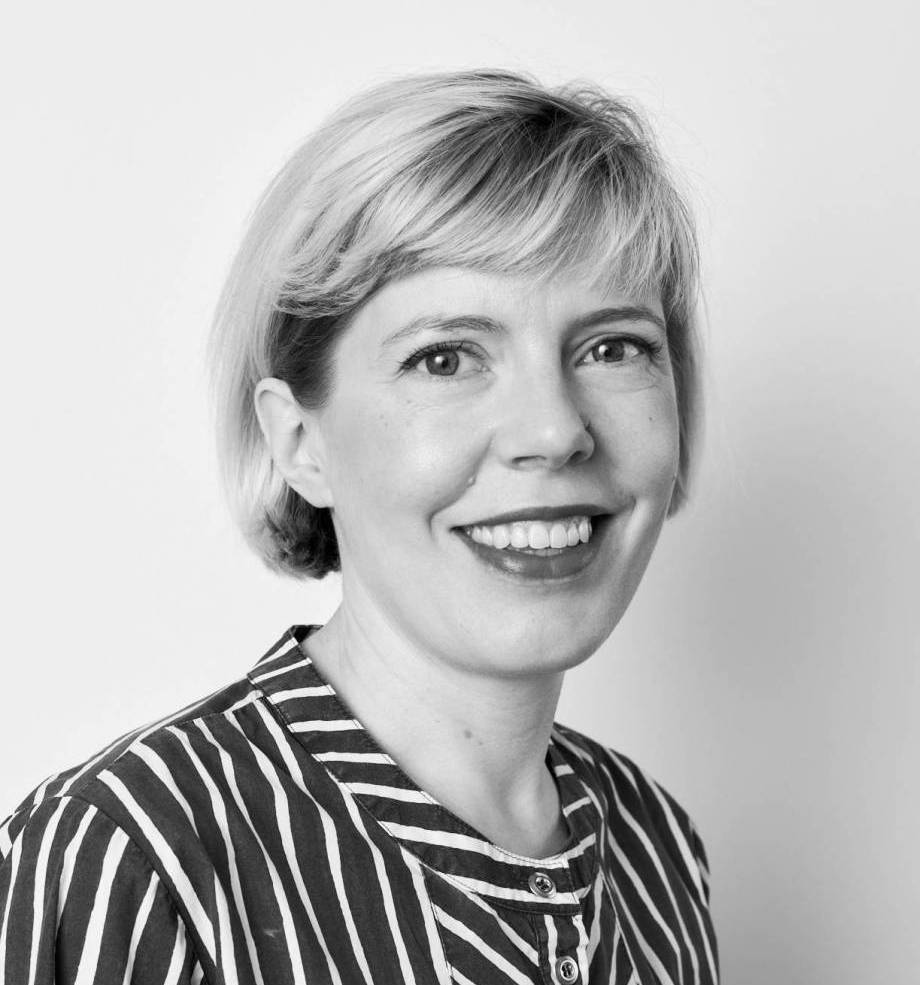Even if we don’t always realize it, there are many words and sayings that are biased by origin, degrading or promoting certain stereotypes. For example, think about “drama queen”, “victim of violence” (instead of survivor), “ghetto” or “handicapped”—not to mention words and sayings that refer to a certain ethnic group, age, social or economic background, or sexual orientation. Language is surely not neutral, and words carry quite a heavy baggage with them.
At Ubisoft RedLynx, we don’t want to leave anyone out of the conversation. That’s why we’ve adopted inclusive language in our company communications.
Ditching the “(s)he’s”
In our home base Finland, there are many legal requirements to ensure that all people are treated equally regardless of their sexual orientation, gender, ethnicity and so on. Tuuli, who used to manage our former Occupational Health and Safety Committee, says that organizations should go beyond this:
“As I see it, the company’s role here is to ensure that everyone feels comfortable and safe to be who they are. Building an inclusive, open corporate culture is something that doesn’t happen overnight. It needs clear policies, plans and actions.”

“Language is a powerful tool, and at RedLynx we wish to communicate that everyone is welcome in the way we’ve written our ‘official’ documents, be it employee guides, job contracts or adverts. They’re all written in a gender-neutral manner, meaning that we use the words ‘employee’, ‘team member’ or ‘they/them’, instead of awkward (s)he’s,” explains Tuuli.
It is everyone’s job to correct language
Two years ago, Ines from our art team decided to become open with their transgender, non-binary identity with the team. They expressed the wish to be addressed in a gender-neutral manner, which in English means avoiding gendered pronouns she and he, and referring to a single person as “they”/”them” instead.
“My team members have been supportive of me and willing to adopt gender neutral language. I’m aware that many are new to the world of breaking the binary pronouns and it can first be tricky to get it right,” Ines points out.
“If I’m open about who I am, maybe it’ll help others. Sometimes it just takes one person for other people to feel safe. Hopefully I can give the courage to these people and shine the light.”
It’s everyone’s job to play their part, also when it comes to pointing out mistakes and correcting each other. The more people use the language, the more “normal” it becomes.
“It’s not the end of the world if you make a mistake; the most important thing is that you’re doing your best to use trans-inclusive language, and just correct yourself or let others correct you if you accidentally get it wrong. Not caring about getting the pronouns right makes the other person feel invalidated and belittled,” Ines says.

The way we speak affects the way we think
Inclusive language is all about understanding and respecting the people you are talking with and about, and everyone can take it into use.
“For example, if you’re enquiring about a co-worker’s relationship or family, don’t just automatically say husband or wife, but stick to ‘partner’ instead. This way you’re not putting anyone into an uncomfortable situation where they either must reveal something personal they might not wish to do or lie,” Tuuli notes.
“Companies need to find a whole common culture that supports and creates awareness around inclusiveness: from onboarding materials to company presentations, job adverts to gender-neutral bathrooms,” Ines sums up.
How to be an ally through opting inclusive language:
- Ask people how they talk about themselves: which pronouns, and what terms and words they prefer to be used regarding for example ethnicity
- Be aware of your own biases and ways of thinking, and try to actively change your mindset. Using inclusive language is a great way to start!
- Use gender-neutral terms such as they/them, people, partner, server (instead of waiter/waitress) when you talk and in writing
- Be mindful of using exclusive expressions (including company acronyms), idioms and sayings that convey certain stereotypes and norms
- Correct others, let yourself be corrected and don’t worry if you make a mistake: apologize, correct yourself and move along with the conversation. There’s no need to make a big scene.
To further educate yourself, please check out these sources:
https://consciousstyleguide.com/
https://www.linguisticsociety.org/resource/guidelines-inclusive-language


